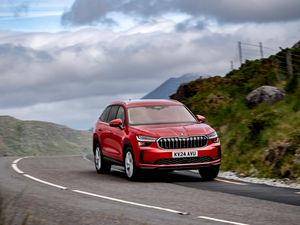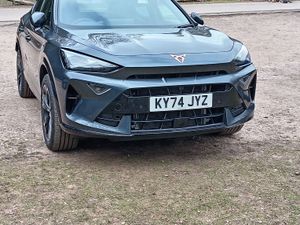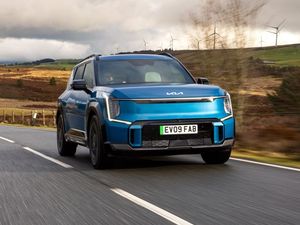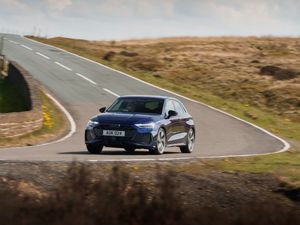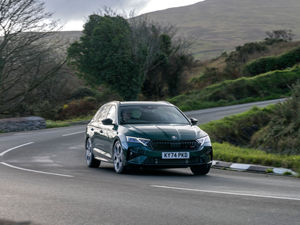First drive: The Dacia Duster is incredible value
The UK’s cheapest crossover has been updated for 2018. Tom Wiltshire gets behind the wheel of the new Dacia Duster to see what it’s like
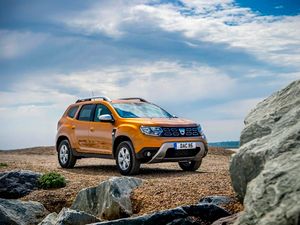
What is it?
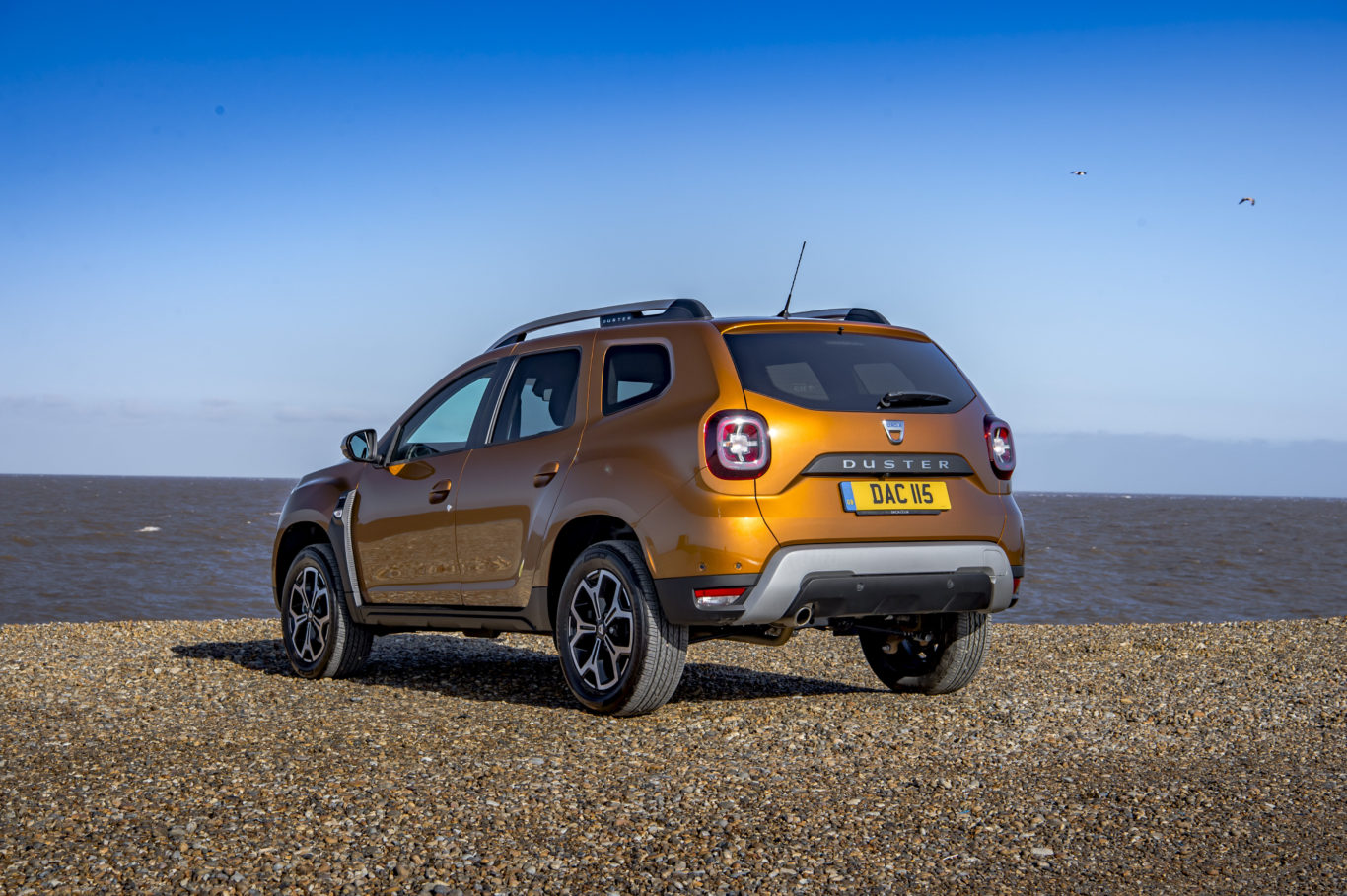
Buyers of budget models really have never had it so good. Step back in time just a couple of decades and the bottom end of the market was populated with utterly terrible vehicles – usually cheaply imported cars with no equipment, no safety kit and no hope.
But today, if you want a cheap off-roader, you can have a Dacia Duster. It’s still incredibly affordable – prices start from just £9,995 – but it’s a real car and in many ways quite a desirable one.
What’s new?
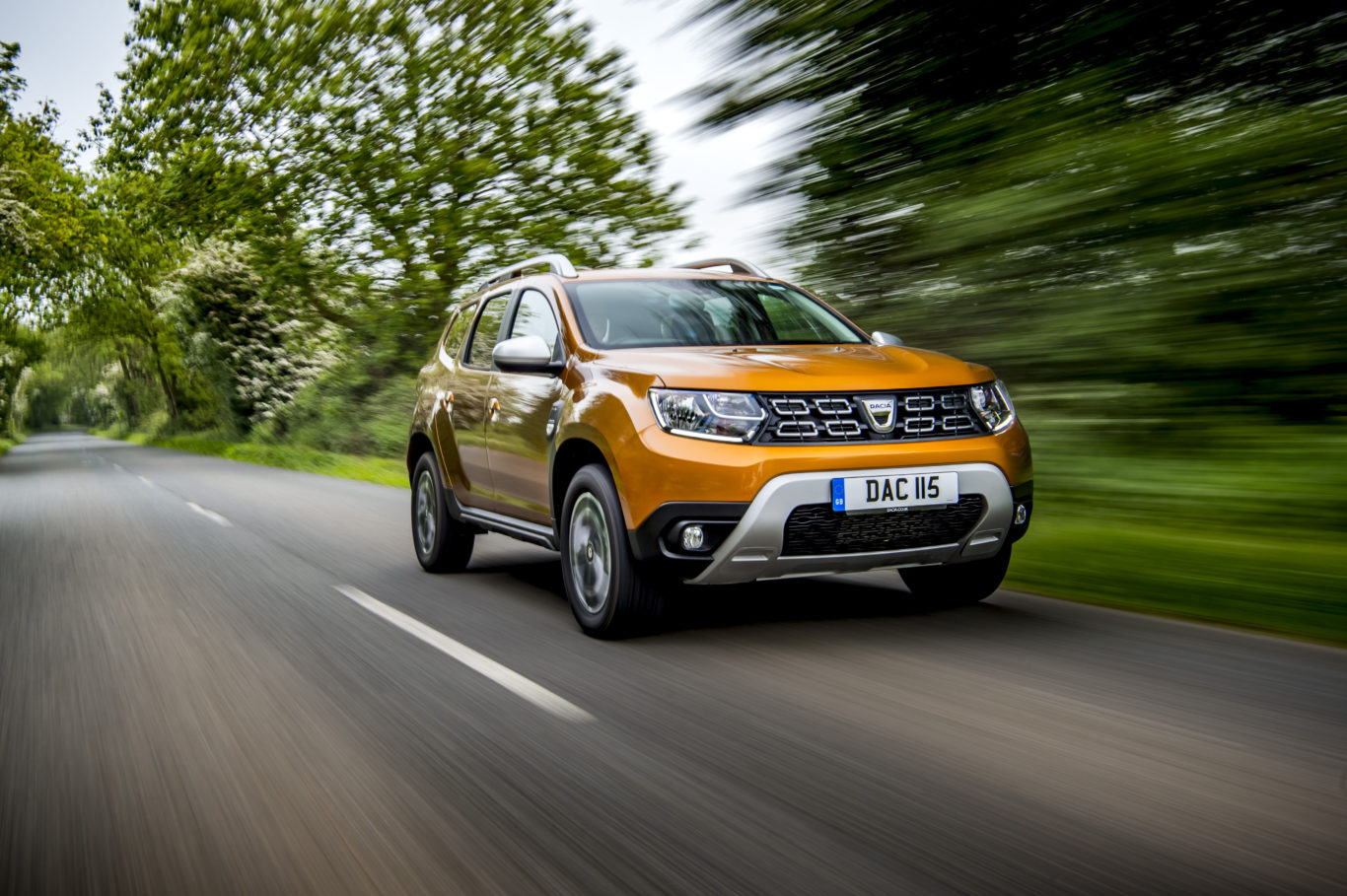
The original Duster’s simple styling has been beefed up for the second-generation model. There’s chunkier black plastic cladding, new alloy wheels, and new cross-shaped taillights. All models get LED daytime running lights, too, giving a smart look across the range.
The interior’s received a similar facelift, while under the skin there’s a new electric power steering rack. Make no mistake, the Duster’s grown up quite a lot.
What’s under the bonnet?
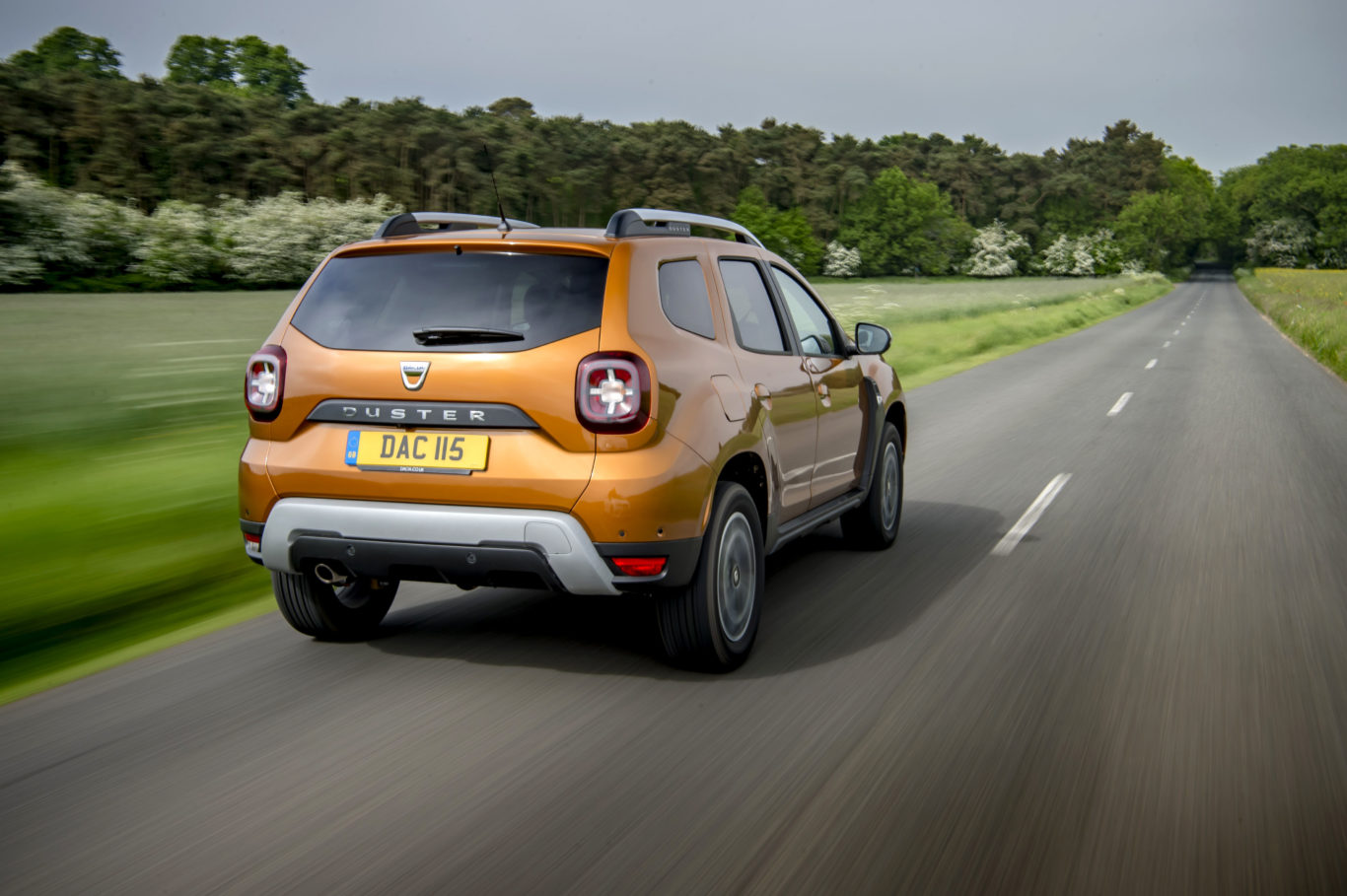
Expect a small-capacity turbocharged petrol engine to be along fairly soon, but for now buyers have just two engines to choose from. Our car was fitted with a 1.6-litre naturally aspirated petrol with 113bhp, and is carried over from the old car. Dacia would probably describe it as well-proven, we’d describe it as… well, a bit slow.
At low speeds, it’s actually very pleasant – it’s smooth, powerful enough around town and sits well with the surprisingly light and precise five-speed manual gearbox. Head onto faster roads though and the engine makes itself known. At speeds above 45mph, there’s a worrying lack of punch – joining faster roads is a full-throttle affair – and the short gearing that’s necessary to keep things moving along has the engine spinning at high speeds, showing off its coarse and unrefined side. Anyone who does regular motorway miles would be best off opting for the equally well-proven (but rather torquier) 1.5-litre dCi diesel, or waiting for Renault’s all-new 1.3-litre TCe turbo petrol to come along.
What’s it like to drive?
Surprisingly for such a cheap, basic product, the Duster is actually quite good fun to drive. It’s no hot hatchback, and owners won’t expect it to be such, but there’s nothing here to complain about either.
The new electric power steering is a massive step forward from the heavy hydraulic rack of the previous car, and while it’s not exactly brimming with feel it is light and quick. Grip is good, body roll reasonably contained and the chunky tyre sidewalls and soft suspension take the edge off bumps. The only criticism is a slightly fidgety low-speed ride.
Opt for a four-wheel drive model, meanwhile, and the Duster is more capable off-road than just about anything at this price point – at least until the new Suzuki Jimny comes along.
How does it look?
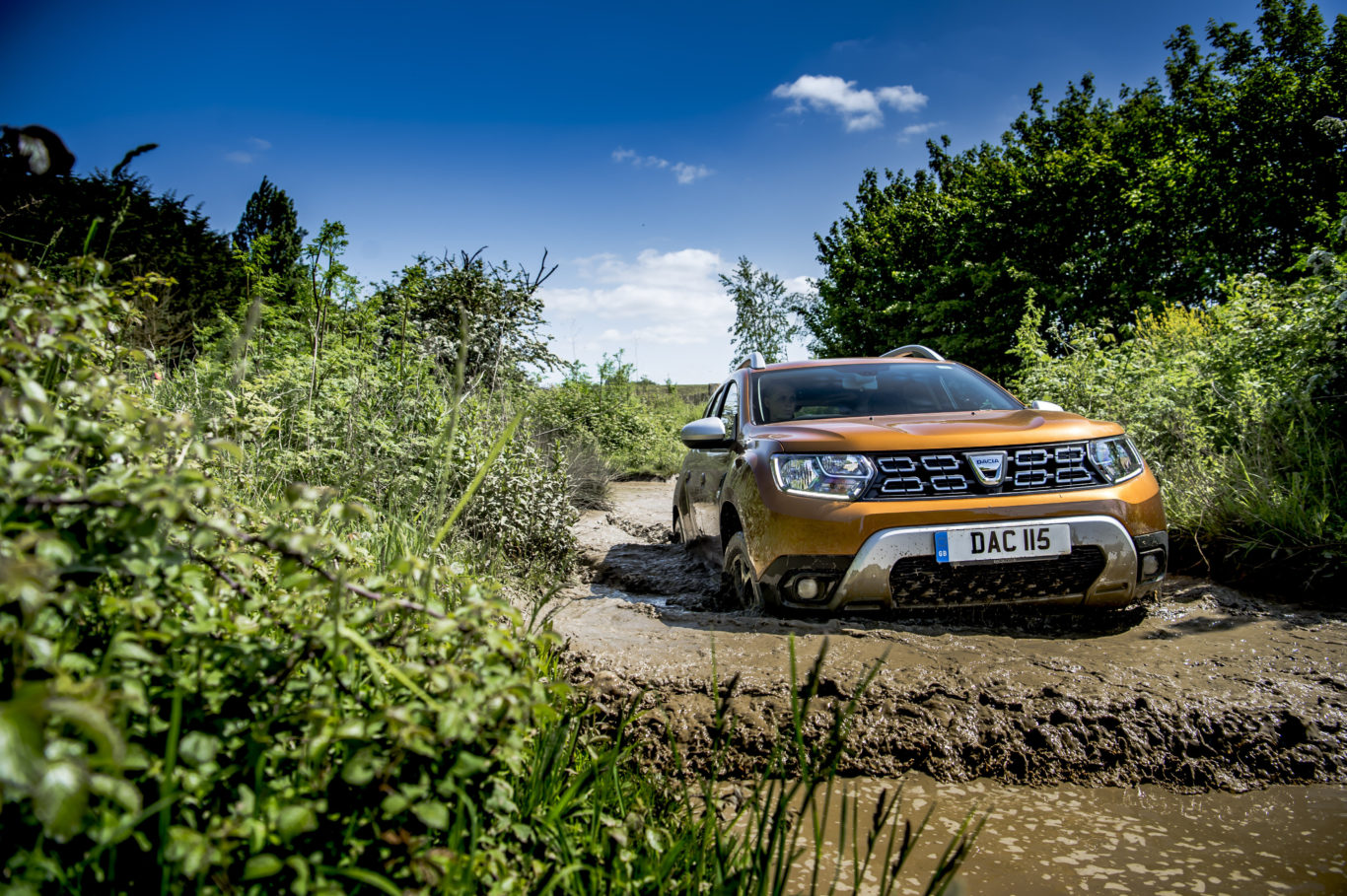
There’s a certain ‘white goods’ appeal to the basic Access models, with their steel wheels, black plastic fittings and white paintwork, but our Comfort model upped the glitz factor somewhat with 16-inch alloys, a silver roof rack and mirror caps and a bold ‘Desert Orange’ paint finish – albeit an optional one at £495.
The styling is an evolution of the old car and is actually rather tidy, with chunky wheelarches and skidplates giving a rugged aesthetic. The cross-shaped taillights are the most eye-catching change and ape the Jeep Renegade. They’re divisive, but we quite like them.
What’s it like inside?
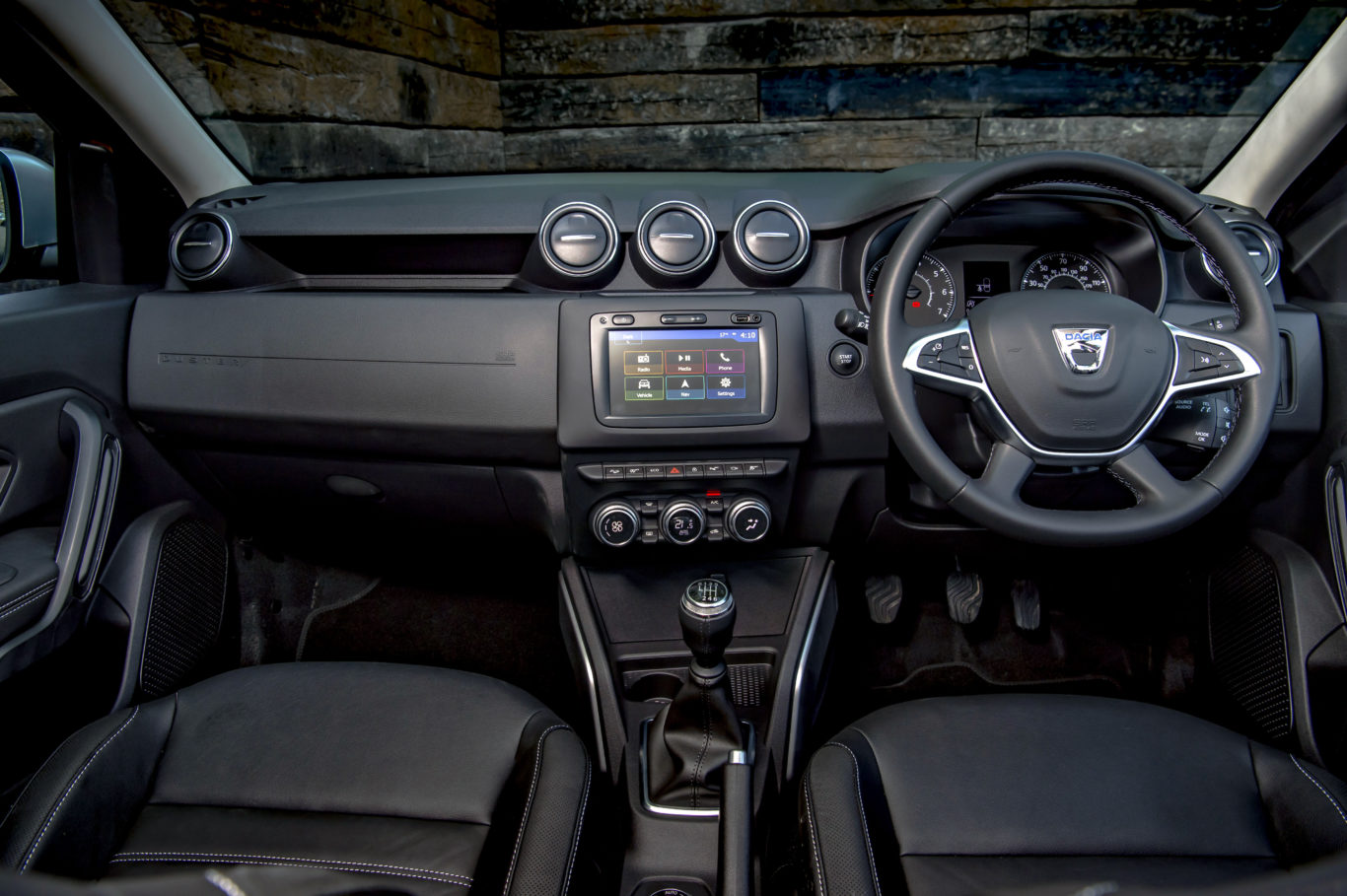
Obviously cheap plastics are the order of the day in the Duster – the only soft items you’ll find are the seats. But at this price point, build quality is more important than material plushness, and we’re happy to report the Duster feels very well screwed together.
The switchgear is all borrowed from older Renaults and is a bit of a mixed bag. We like the row of switches to control ancillary functions – though we’d prefer to see the hazard light switch rather more prominent. The 7-inch MediaNav infotainment display is decent too, though it lacks Apple CarPlay and Android Auto, which is a shame.
There’s plenty of room in the Duster though, with space for four adults and a cavernous boot. You really won’t get a bigger new car for the money.
What’s the spec like?
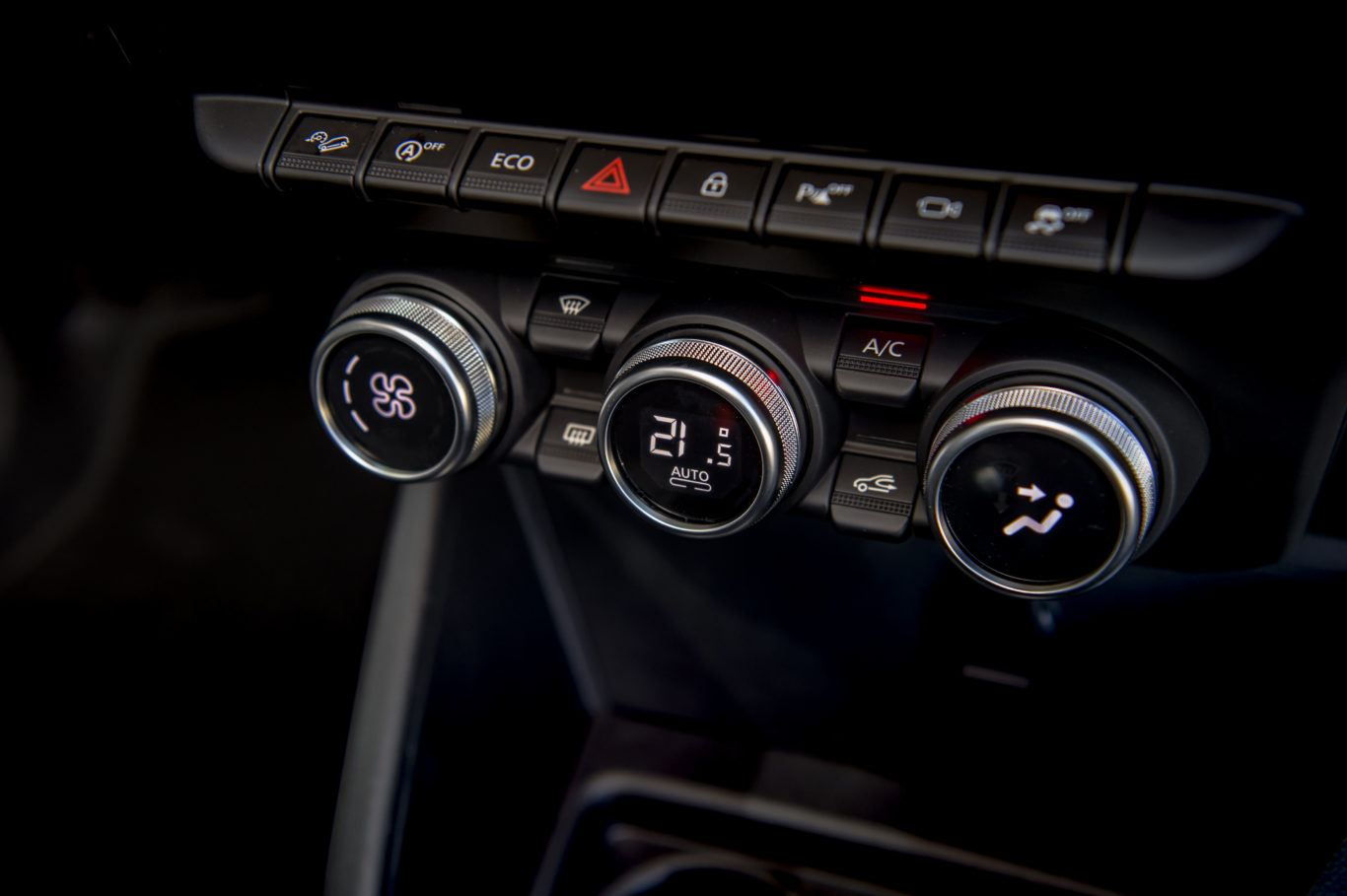
Basic Access models are endearingly poorly-equipped, lacking basics such as air-conditioning and even a radio. You do however get LED daytime running lights and front electric windows – decadent, right?
Step up to Essential trim and you will gain that all-important air-con, plus a radio head unit with DAB. It’s Comfort spec where most buyers are expected to end up, though, and that sees 16-inch alloy wheels replace the steel ones, a colour touchscreen, reversing camera and sat-nav plus cruise control.
Top-spec Duster Prestige models offer luxury kit that seems a bit out of place on such a cheap car, including climate control, keyless entry, part-leather heated seats and 17-inch diamond-cut alloy wheels.
Verdict
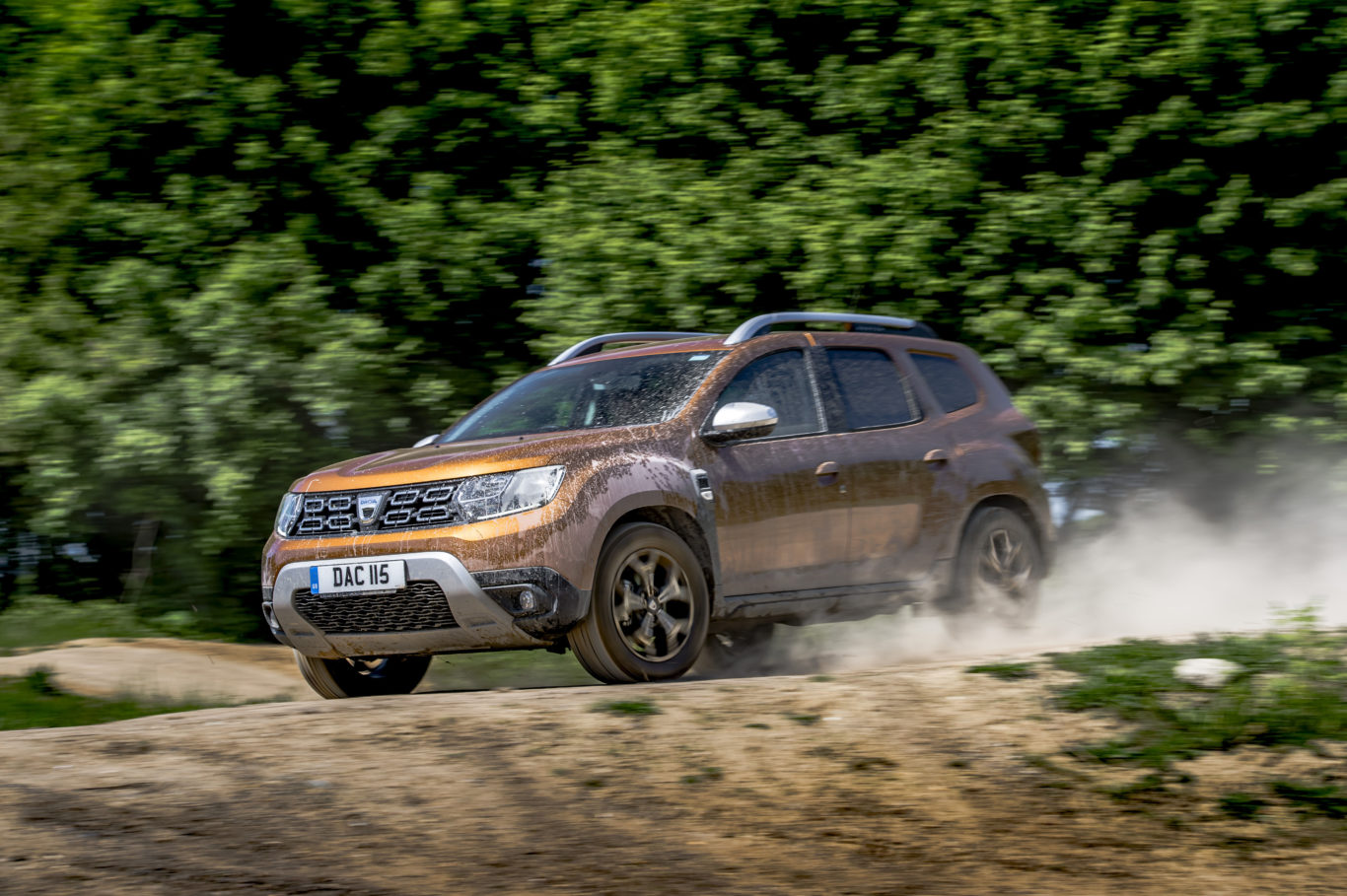
The new Dacia Duster lags behind crossover rivals thanks to a cheap-feeling interior and wheezy engine, but given the price, it seems unfair to compare it to those. In fact, it’s such a bargain that its main rivals are city cars and used cars, and in that company, the handsome, good-to-drive and rugged Duster makes a serious case for itself. It’s a cheap car with genuine breadth of ability and a modicum of personality, and that makes it an attractive proposition.

